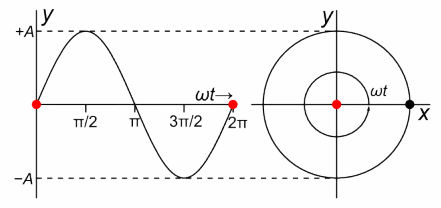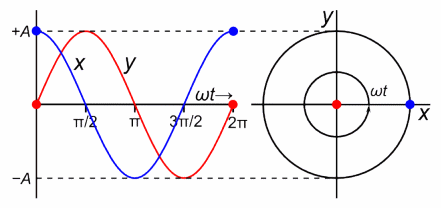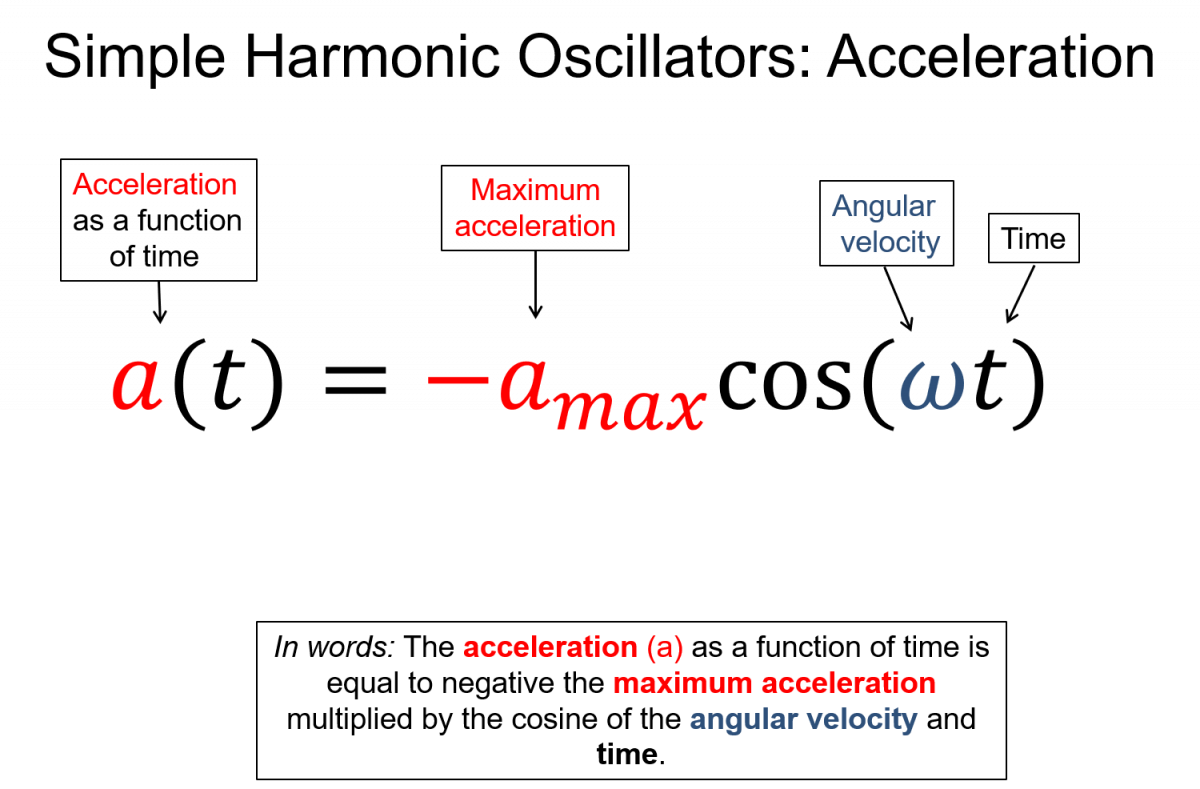Oscillations are one of the most prevalent phenomena in our universe. From a swinging tree branch, to molecular vibrations, even to the orbits of celestial bodies, repetitive events happen everywhere in nature. Simple harmonic oscillators (SHO) are specific type of oscillation where the motion can be described by sinusoidal functions and the time per revolution (period) is independent of the amplitude of the vibration.
Lecture 1 | General Oscillations, Simple Harmonic Motion, Equations of Motion
Oscillating Systems
Lecture 1 | General Oscillations, Simple Harmonic Motion, Equations of Motion
Oscillating Systems
Pre-lecture Study Resources
Watch the pre-lecture videos and read through the OpenStax text before doing the pre-lecture homework or attending class.
Oscillations occur all around you - anything that repeats could be considered an oscillation. There are obvious macroscopic oscillations, such as a mass connected to a spring (shocks on car) or a simple pendulum (grandfather clock), but oscillations are actually pervasive at all scales. The binding between two molecules acts very similar to if you had connected those molecules by a tiny spring. All matter is vibrating, and solids vibrate like little masses connected by little springs. The greater the temperature, the greater the energy and amplitude of the vibrations - the molecules wiggle more. On the celestial scale the moon orbits the Earth, which in turn orbits the sun. Then the whole solar system orbits the black hole at the center of our galaxy. Theorists and philosophers have even predicted The Big Bang is followed by a Big Crunch that is then followed by another big bang and the whole process repeats - this viewpoint is not in particular favor these days but give it more time and it may come back, kind of like an oscillation.
--Forces and Energy--
All classic oscillations have a few things in common. First, when the system is displaced from its current state, there is a Restoring Force that drives it back. Think of a spring stretched or compressed, it has a spring force driving it back towards its relaxed length. Second, the potential energy (PE) function (U) of the system must have a Potential Energy Well. A PE well is a point where the potential energy increases in all directions. There are local and global wells, which refer the size scale in question. For example, water in my cup on my desk is in a local gravitational PE well but if it splashes out it could fall completely off the desk onto the floor, which may be considered a more global well. If you recall for a spring the potential energy is $\frac{1}{2}k \Delta x^2$, which is a quadratic function centered around $\Delta x = 0$. This is a potential energy well that increases for both positive and negative values of $\Delta x$, as shown below.
Required Videos







